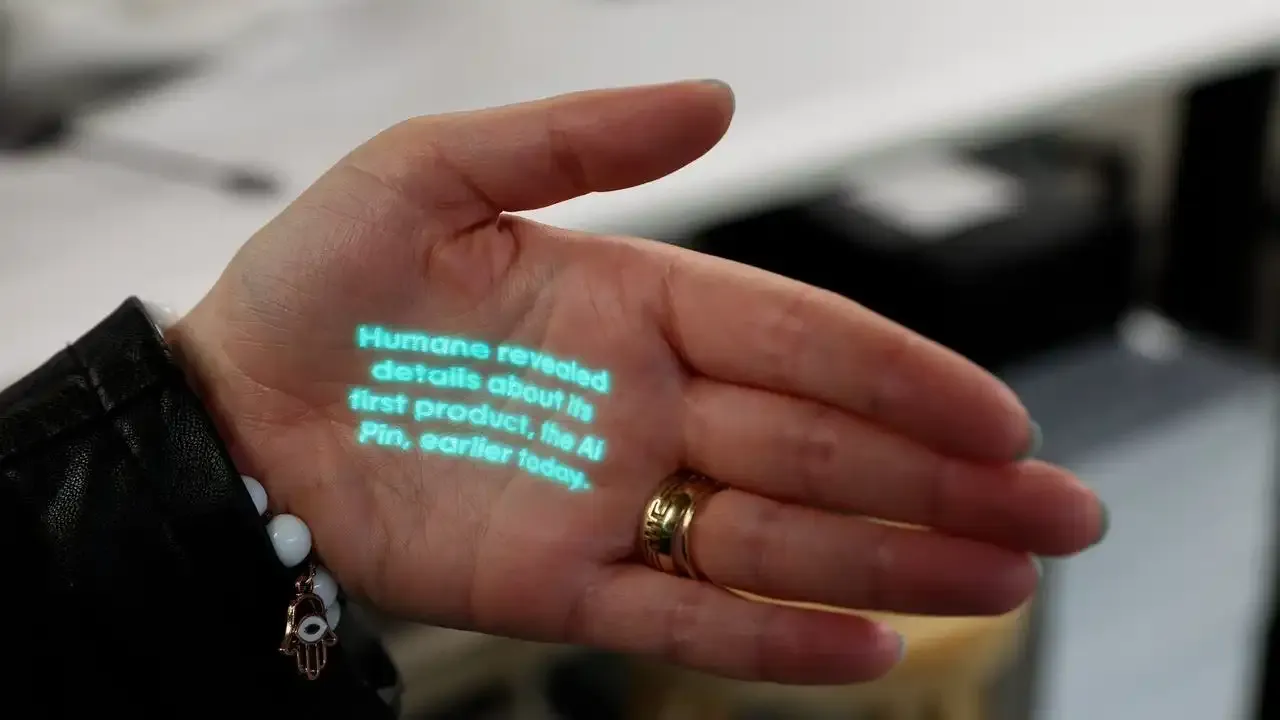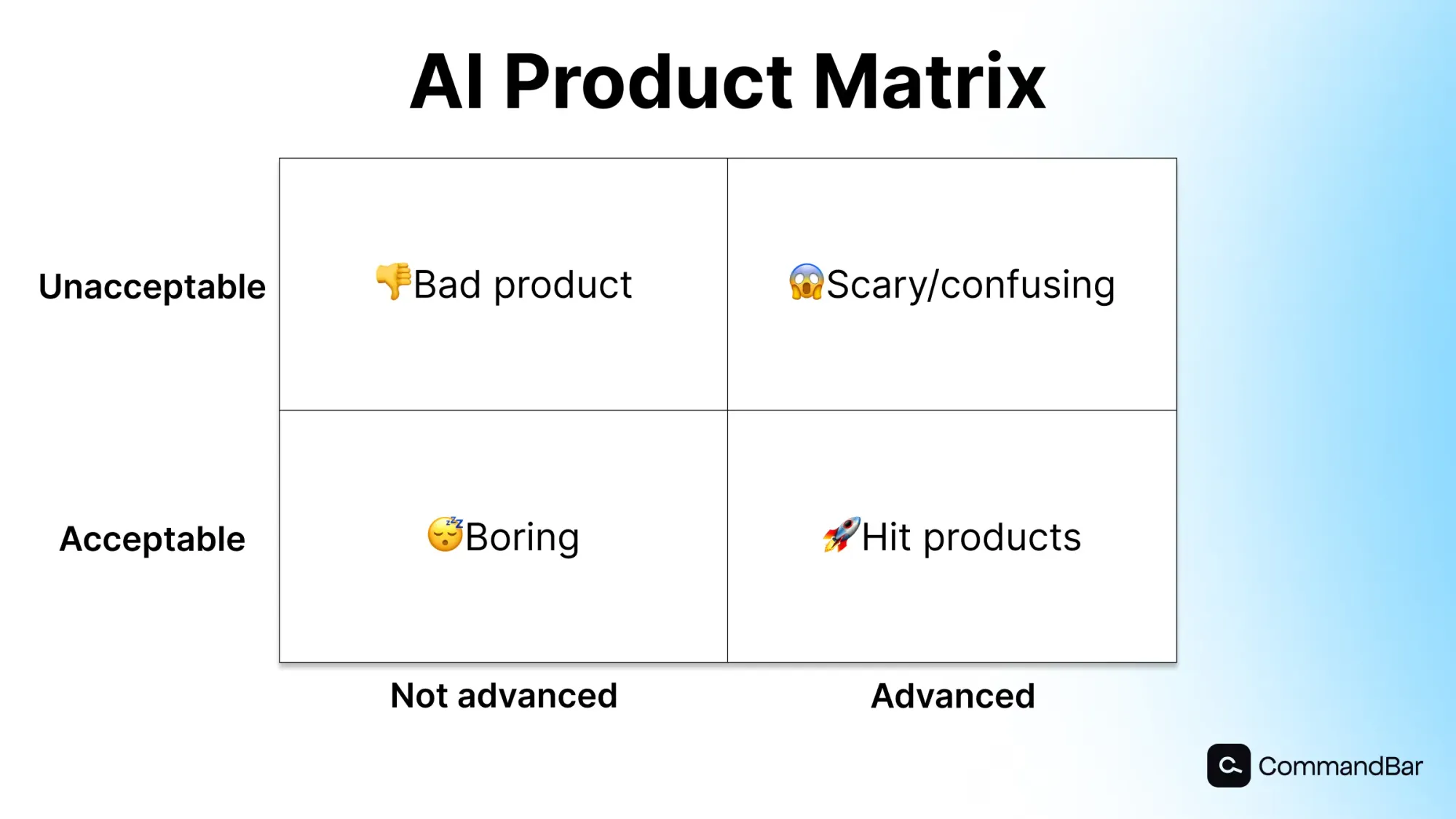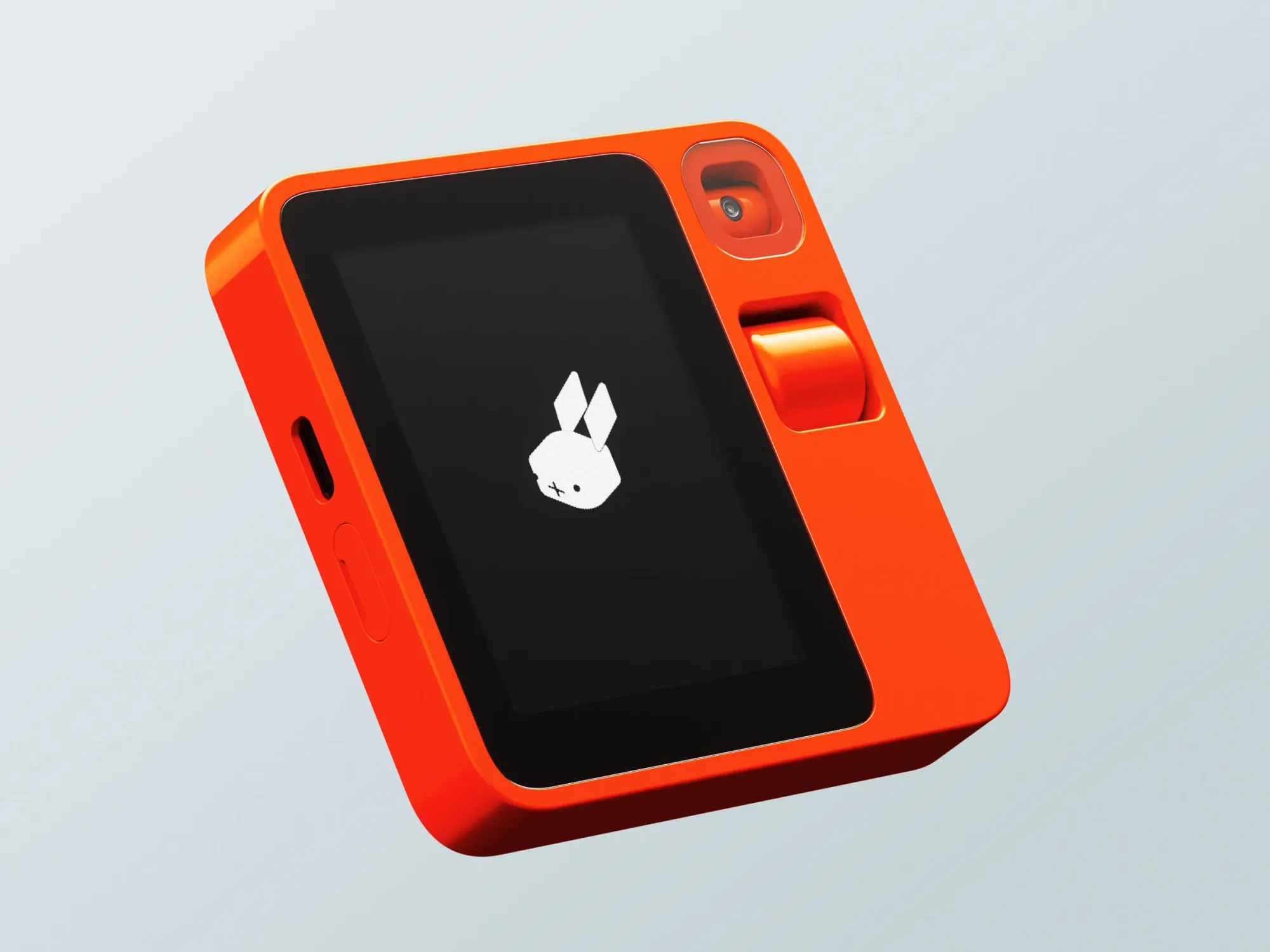"This is the new worst product I've ever reviewed" is how Marques Brownlee describes the Humane Ai Pin. Brownlee is a fair reviewer who almost never goes to these extremes.
Humane's hyped Ai Pin finally shipped last week—and everyone hates it. Its most redeeming quality seems to be a novel, intuitive projection interface. But whatever review you read, the pin just sounds like a bad product.
I don't need to dive into the specifics: First, I don't have (or want) the Humane pin. Second, you've probably read the reviews (and if you haven't, here's my favorite one).
In this article, I want to dive into how Humane's narrative and hype actually sabotaged its success—and how it could've done a better launch.
That's normal: Hardware is hard. The Apple Vision Pro didn't get glowing reviews. And if the Humane pin were just a flawed product, nobody would bat an eye.
How the anti-smartphone narrative sabotaged Humane
But Humane has become a victim of its own success. Before even announcing a product, the company positioned itself as the next computing platform (and continues to do so). Founded by former Apple engineers who worked on the original iPhone, the narrative is that something has to come after the smartphone—a device that lets us reclaim our time from screens without sacrificing the conveniences of the internet.

This narrative got the media's attention. When team members from the original iPhone build something to replace the iPhone, the media pays attention. If Sam Altman, Om Malik and Marc Benioff invest in that mysterious company, the hype only gets bigger.
But the anti-smartphone stance lead to two problems:
- It lead to the product decision of not connecting to smartphones at all. That restricts what it can do and the computation it can access.
- It made users compare the pin to the capabilities of a smartphone, not a new type of gadget.
Startups love to construct grand narratives (we do too). But those narratives need to be backed up by products that can fulfill that job to be done—or at least let users glimpse how they might.
The first iPhone wasn't what it is today—it even lacked the App Store—but it still showed users what it could be.
Too much innovation at once
I just mentioned the first iPhone and its lack of functionality. Here's a few fundamentals the 2007 iPhone didn't have:
- Video recording
- App store
- 3g connection (let alone 4g, 5g or LTE)
- Copy & paste
- GPS
Still, the iPhone was a success because it had one core innovation—a big screen (compared to Blackberries and flip phones). While a digital keyboard took time to get used to, the rest of the features and interfaces was familiar—and often a better experience thanks to the big screen.
The Humane pin tries to do too many new things. The two possible user inputs are a laser projection interface and voice interactions. Most users have never used these as core input mechanisms: The projection interface doesn't exist elsewhere and voice inputs are usually associated with bad products like Siri.
Making something completely new is brave. But it often confuses users more than it impresses them. Most good products are what Raymond Loewy called MAYA: Most advanced, yet acceptable.

The Humane Ai Pin is so far from what we know that users don't accept it.
Too expensive
The Humane Ai Pin is expensive. It starts at $699 + a $24/mo subscription for the AI, data and other services.
Granted, the original iPhone also had a (then) outrageous price at $500 plus a phone plan. But the iPhone justified its price point by being ridiculously useful—and by catering to businesses buying work phones for their employees.
If even early adopter tech reviewers (who have more patience and enthusiasm for new gadgets) don't enjoy the Humane pin, mainstream users are much less likely to do so.
A lower price might've made the Ai Pin a proof-of-concept novelty purchase that would've led to optimistic reviews: "Get this as a toy if you have the money to spare, else wait until it's good."
Instead, the Humane Ai Pin costs $819 after subscribing for 5 months—more expensive than a new iPhone 15, a device the pin isn't useful enough to replace.
Building completely novel devices is extremely hard and companies need to make money. But pricing is part of both product strategy and business strategy. A higher price correlates with higher user expectations. By putting itself in the premium price segment, Humane's users have premium expectations.
A good counter-example here is the rabbit r1, an AI-powered smartphone companion device. It hasn't shipped yet, but costs "only" $199. That makes potential v1 flaws more acceptable.

Optimism for Humane
It's easy to read a certain hubris into Humane: "We built the original iPhone and you liked that, so you better like what we decide to build next". When Humane's head of product engineering took to Twitter to address the bad reviews things didn't get better: "I’m a happy Ai Pin user. I love this little gadget." he wrote about a product the company touted as being the next evolution of computing.
Little gadget.
My personal feelings about the Humane Ai Pin are similar to those of Stratechery's Ben Thompson: "This is a bad product, and I'm glad it exists."
Building hardware is audacious, and building an entirely new type of hardware is even more ambitious. The attempt deserves recognition and applause. Innovation is the story of failing upward, finding ways that don't work to arrive at the one that does.
The reason the pin is such a disappointment isn't that it's bad—there's a lot of bad products—it's that Humane is such an easy company to root for. We need more entrepreneurship, more ambition and more attempts to make something better.
AI is a platform shift and I'd be surprised if it wouldn't spawn new hardware devices. Perhaps this first Humane pin isn't it. Perhaps it's the next one. Perhaps it's whatever Jony Ive and Sam Altman are working on.
Whatever succeeds the smartphone, let's make sure we don't end up looking like the Microsoft employees that had a funeral for the iPhone when Windows Phone 7 launched:


















